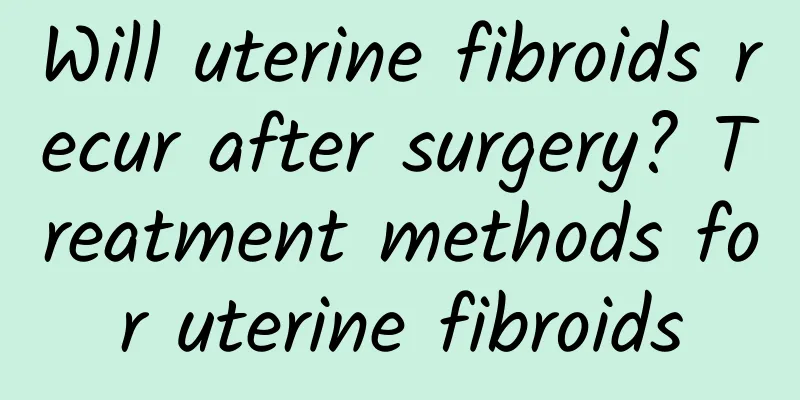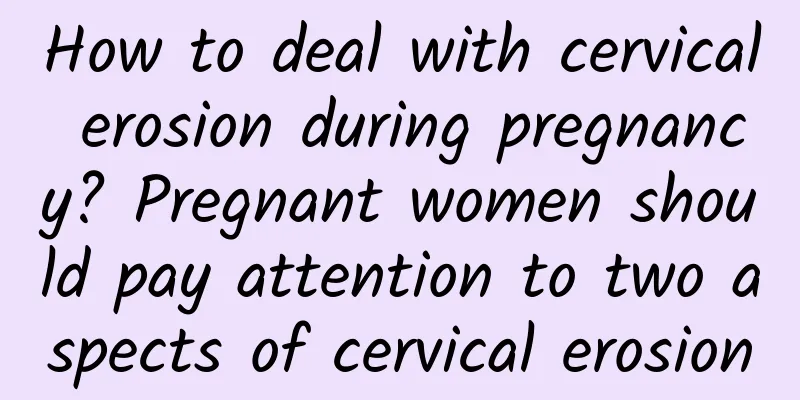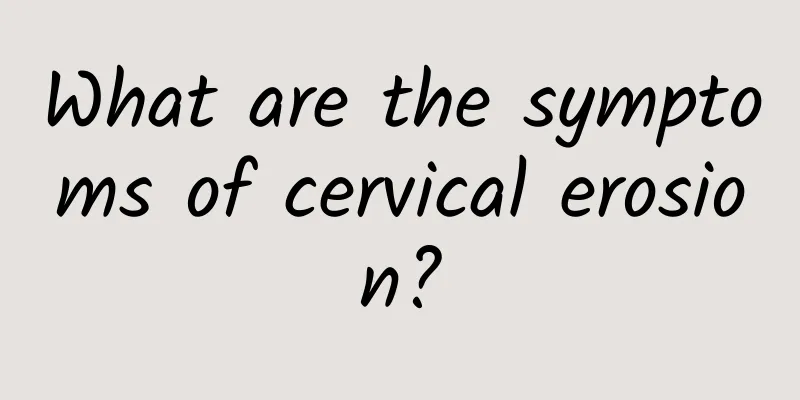Is back pain caused by pelvic inflammatory disease? Not necessarily

|
The occurrence of adverse symptoms such as low back pain does not mean that you are infected with pelvic inflammatory disease. After all, there are other reasons that can also cause adverse symptoms such as pelvic inflammatory disease. However, if you often experience some lower back pain, it may be due to adverse symptoms caused by the disease pelvic inflammatory disease. In real life, some women find that they always have some adverse symptoms such as back pain, which brings them serious mental distress, is not conducive to improving the quality of life, and even makes people unable to work and live normally. So, is back pain pelvic inflammatory disease? Let's find out below! |
<<: How to treat mycoplasma pelvic inflammatory disease? First treat mycoplasma infection
>>: Can naked flower purple bead capsule treat pelvic inflammatory disease? It can also treat
Recommend
The causes of vulvar leukoplakia are more complicated
Vulvar leukoplakia is very harmful to female frie...
Be careful when having an abortion: the dangers of multiple abortions
Women who have experienced multiple abortions wil...
Diarrhea may also be an early symptom of ectopic pregnancy
Ectopic pregnancy is a dangerous acute abdomen in...
What are the main symptoms of hyperprolactinemia?
What are the main symptoms of hyperprolactinemia?...
How is chocolate cyst contagious?
How are chocolate cysts transmitted? Many patient...
What complications may occur after abortion? How to deal with them?
Do you know that artificial abortion, also known ...
What should women pay attention to when they have cervicitis?
What should women pay attention to when they have...
What are the causes of premature ovarian failure in women?
What is the cause of premature ovarian failure in...
Can cervical erosion heal itself?
Can cervical erosion heal itself? Recently, peopl...
What are the dangers of uterine fibroids?
What are the dangers of uterine fibroids? 1. Infe...
Don’t want to ruin your mountain climbing mood? Make these preparations before going abroad or traveling to reduce the incidence of altitude sickness
With the development of information and the impro...
What causes cervical erosion?
Cervical erosion is a problem that many female fr...
3 symptoms of irregular menstruation in women? 4 things to pay attention to when having irregular menstruation
Irregular menstruation is one of the common disea...
Does pelvic effusion have a big impact on menstruation?
Pelvic effusion is the presence of inflammatory e...
What are the most common causes of cervicitis?
It is very painful for women to suffer from cervi...









